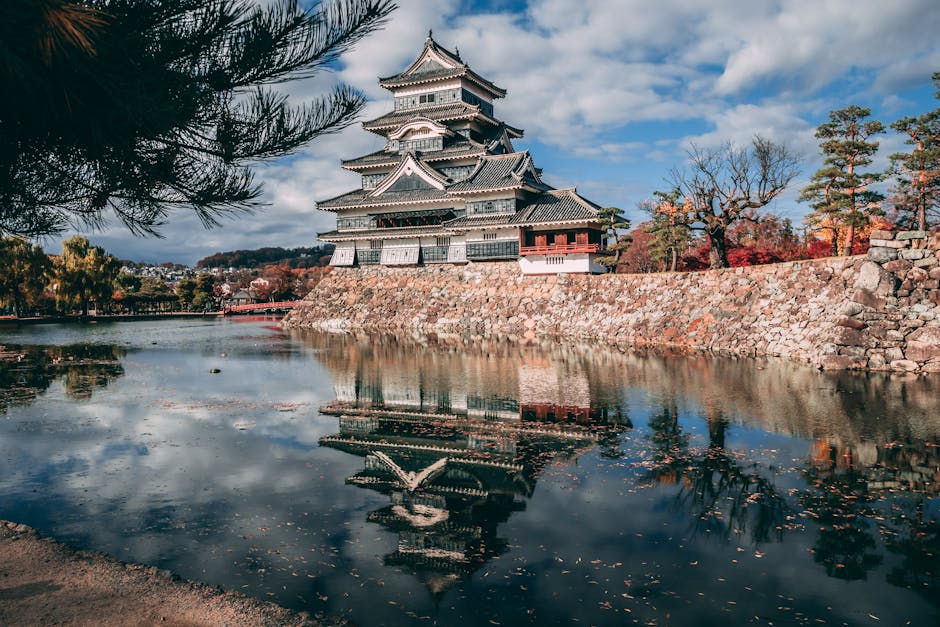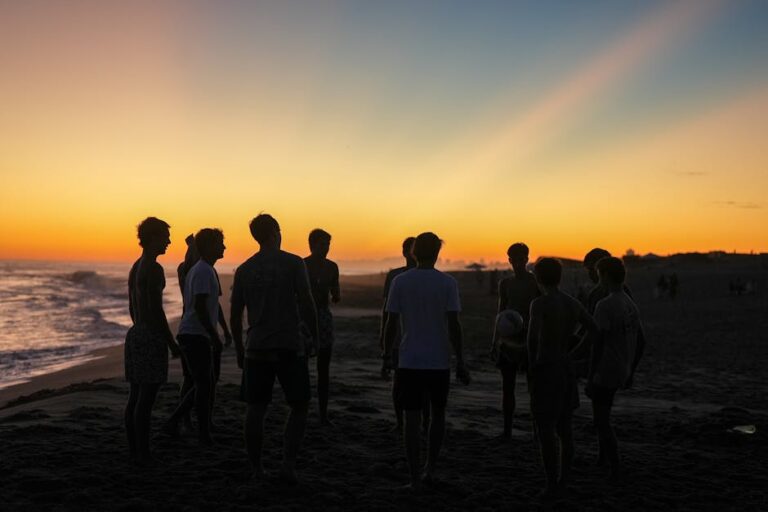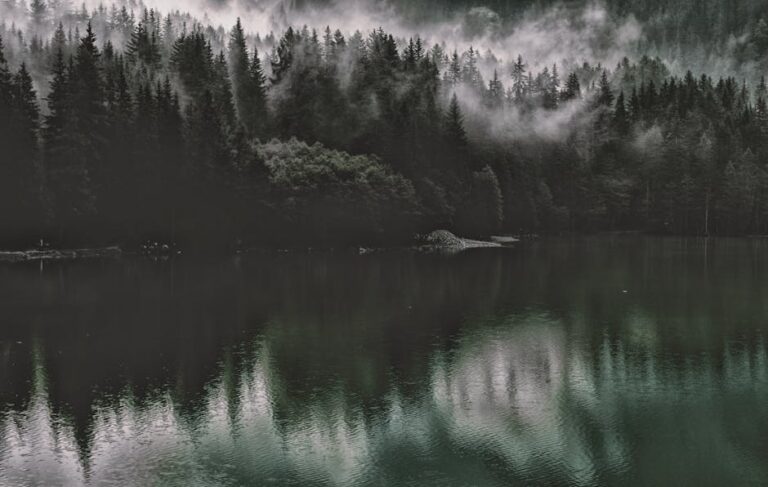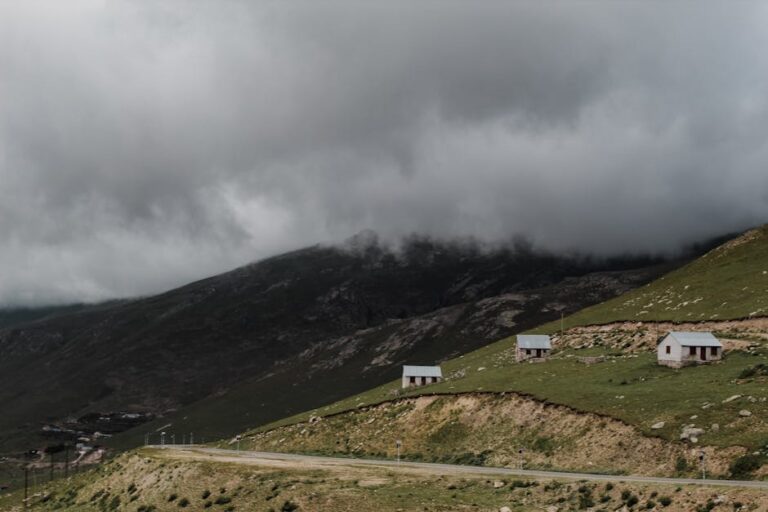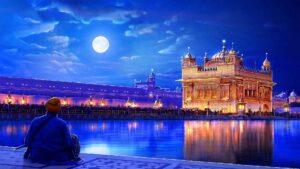Table of Contents
So, imagine it’s 2025, right? And you’re thinking about Vaishno Devi. It’s not just some trip, honestly. It’s more like a really big deal for so many people, a spiritual adventure kinda thing. I remember the first time I heard about it, sounded super far off and a bit intimidating, all those hills and stuff. But then, you know, once you actually go, or even just plan for it, it changes how you look at travel. It’s not about the fancy hotel or anything; it’s about the journey itself and what you find along the way. Planning it can feel like a lot, especially if you’ve never been. People always have questions, like, what’s the best way to get there? Or, what do I even pack? This guide, if you wanna call it that, is just me trying to give you a heads-up, sharing some practical thoughts and what I’ve picked up, so your trip to Mata Vaishno Devi feels less like a big puzzle and more like, well, a pilgrimage that’s doable and maybe even pretty cool.
Why People Still Go: The Call of the Hills
There’s this amazing draw to Vaishno Devi, even in 2025. It’s not just a religious site, though for millions, it’s deeply sacred. It’s also this incredible trek through the Trikuta Mountains, starting from Katra. People head there for all sorts of reasons: to thank the Goddess, to ask for something important, or sometimes, they just go because, well, it feels like they’re supposed to. I remember my aunt saying it’s like Mata calls you, and you just have to answer. And it’s true, in a way. You see people from all walks of life there, from little kids being carried to really old folks taking tiny steps, all moving towards the same goal. The vibe is just different, a mix of devotion and sheer human determination. It’s kinda hard to explain, but when you’re there, you feel it. The air, the chanting, the shared sense of purpose – it all hits you. It’s not like a regular tourist spot; it’s more like a living, breathing experience that connects you with a lot of history and belief.
Getting to Katra in 2025: Your Starting Point
Alright, so the first big step is getting yourself to Katra, which is the base town for the Vaishno Devi Yatra. It’s in Jammu and Kashmir, and it’s pretty well-connected these days, even more so now than a few years back.
If you’re thinking about flying, the nearest airport is Jammu Airport (IXJ). From there, it’s about a 50-kilometer drive to Katra. You can grab a pre-paid taxi right outside the airport, and the ride usually takes an hour or so, depending on traffic. It’s usually pretty straightforward, nothing too wild. Just make sure to agree on the fare beforehand, or use one of those app-based cabs if they’re available and reliable there by 2025.
But honestly, for many, the train is still the go-to option. Katra has its own railway station, Shri Mata Vaishno Devi Katra (SVDK), which is super convenient. There are direct trains from a bunch of major cities like Delhi, Mumbai, Kolkata, and Ahmedabad. Booking tickets well in advance, especially during peak seasons or festivals, is definitely a smart move. Like, seriously, don’t wait until the last minute or you might be stuck. Train travel can be a bit slow, sure, but it’s often more comfortable, especially for longer journeys, and you get to see some nice countryside. Plus, it tends to be cheaper than flying.
Driving by car or bus is also an option, particularly if you’re coming from nearby states like Punjab or Himachal Pradesh. The roads are generally decent, but mountain roads always have their quirks, so keep that in mind. Personally, I think the train is the least stressful way to get right into Katra.
The Actual Climb: Making Your Way Up to the Bhawan
This is where the real adventure begins, you know? The trek from Katra up to the Bhawan (the main shrine) is about 13 kilometers. It sounds like a lot, and it is, but it’s totally doable. The path is paved and well-maintained, not some rough mountain trail. And it’s lit up at night, which is pretty cool.
There are a few ways to do it. Most people just walk. It takes anywhere from 4 to 8 hours, depending on your pace, how many stops you make, and how fit you are. My advice? Take it easy. There’s no rush. You’ll find plenty of small shops along the way selling water, snacks, tea, and even simple meals like Maggie noodles. These little breaks are actually pretty nice. You get to rest, sip some chai, and just watch all the different people walking by.
If walking isn’t really your thing, or if you’re with older folks or little kids, you’ve got other options. There are ponies and palanquins (palkis). Ponies are basically horses that carry you up the path. They’re super common. Palkis are like a little chair carried by four porters. They’re more expensive, but if someone genuinely can’t walk, it’s a good way to get them up there. What’s interesting is how many people use these services, it’s a big part of the whole system there.
Then there’s the helicopter service. It runs from Katra to Sanjichhat, which is about 2.5 kilometers from the Bhawan. From Sanjichhat, you can walk or take an auto-rickshaw kind of thing (they call them “battery cars”) for the rest of the way. The helicopter ride is super quick, like 8 minutes maybe, but it gets booked up incredibly fast. You need to book those tickets way, way in advance online, like months ahead if you can. It’s a bit pricey, but it saves a lot of time and effort. I’ve heard it’s really something, seeing the mountains from up high.
And don’t forget about the new Ropeway from Vaishno Devi Bhawan to Bhairon Temple. It cuts down the steep, tough climb to Bhairon Baba Temple significantly, making it super easy to visit that part too. It’s definitely a game-changer for many.
One thing you absolutely need to remember is to get your Yatra Parchi (pilgrimage slip) from the Yatra Registration Counter in Katra before you start. It’s free, but it’s mandatory. They check it at different points along the way. If you don’t have it, they won’t let you go further. Seriously, don’t forget that slip.
Where to Crash and What to Munch: Practicalities for Your Trip
So, once you’re in Katra, you’ll need a place to stay. There are tons of hotels, ranging from pretty basic guesthouses to more comfortable, fancier ones. Prices vary a lot, obviously. It’s always a good idea to book your accommodation ahead of time, especially if you’re going during peak season or a festival. You don’t want to show up tired after a long journey and find everything full. My personal take? Try to find a place that’s not too far from the main market or the Yatra Registration Counter, just for convenience.
When it comes to food, Katra has a lot of options. You’ll find plenty of vegetarian restaurants serving North Indian food, dosas, chole bhature, and all that good stuff. Since it’s a religious place, non-vegetarian food and alcohol aren’t really available. Up on the trek itself, the food stalls mostly sell simple stuff: biscuits, chips, instant noodles, bread pakoras, and some decent tea or coffee. Near the Bhawan, there are bigger food courts run by the Shrine Board that offer proper meals at reasonable prices. The food is generally fresh and hygienic, which is important when you’re on a long walk. Don’t expect gourmet, but it’s filling.
Oh, and there’s also accommodation provided by the Shrine Board at different points, like at Ardhkuwari and the Bhawan. These are usually dorm-style rooms or basic private rooms, and they’re really affordable. But again, you need to book these well in advance through their official website. They are usually clean and offer a good spot to rest, especially if you plan to break your journey or stay overnight at the top.
Handy Tips for Your 2025 Vaishno Devi Journey
Okay, so here’s some stuff I think is actually pretty useful, especially thinking about going in 2025.
First off, booking stuff in advance is king. Seriously, whether it’s train tickets, helicopter rides, or Shrine Board accommodation, do it early. Like, months early if you can manage it, especially for holidays or weekends. The place gets packed.
Pack light but smart. You’re going to be walking a lot, or at least moving around. Don’t bring your whole wardrobe. Comfortable walking shoes are non-negotiable. A light jacket or shawl is a good idea, even in summer, because it gets chilly at night up on the mountain. A small backpack with essentials – water bottle, some energy bars, a basic first-aid kit (band-aids are your friend!), power bank for your phone, and a small torch – will serve you well. Maybe a cap or hat for sun protection.
Consider the weather. Jammu summers can be hot, really hot. Monsoons mean slippery paths. Winters are cold, sometimes with snowfall, which can make the trek even more challenging but also very beautiful. So, check the forecast for your travel dates and dress accordingly. It’s not fun being unprepared for extreme weather.
Stay hydrated and take breaks. This sounds obvious, but when you’re walking for hours, it’s easy to forget. Drink plenty of water. Those small shops are there for a reason, use them. Don’t push yourself too hard. Listen to your body. Take short breaks to rest your legs and catch your breath.
Keep your important documents safe. Photo ID is a must for yatra registration, hotel check-ins, and maybe even train/flight tickets. Keep them in a secure but easily accessible place.
Be respectful. It’s a religious site, so dress modestly. Don’t litter. Be mindful of others, especially the elderly and children. The atmosphere is generally very positive, so just try to blend into that.
Online Yatra Parchi. By 2025, getting your Yatra Parchi online might be even more streamlined. It saves a lot of time queuing up in Katra. Definitely check the official Shri Mata Vaishno Devi Shrine Board website before you go for the latest updates on how to get it. They keep updating things to make it easier for people.
Some stuff people ask about (FAQs)
Q1: Is it safe to travel to Vaishno Devi in 2025?
A1: Generally, yes, it’s considered very safe. The Shrine Board and local authorities take a lot of care to ensure the safety and security of pilgrims. There are security checks, and the path is well-monitored. Just like any travel, staying aware of your surroundings is always a good idea.
Q2: Can children and elderly people do the trek?
A2: Absolutely. Many families with young kids and older relatives do the Yatra. Options like ponies, palanquins, and the helicopter service are there specifically to make it accessible for those who can’t walk the whole way. Just make sure to plan according to their comfort and stamina.
Q3: What’s the best time of year to visit?
A3: This really depends on what you prefer. Spring (March-April) and Autumn (September-October) are popular because the weather is usually quite pleasant, not too hot, not too cold. Summer (May-June) is hot but sees a lot of pilgrims due to school holidays. Winter (November-February) can be really cold, and sometimes there’s snow, which can be challenging but also offers a beautiful experience. Avoid peak festival times if you don’t like huge crowds, but if you want that buzzing energy, then those are the times to go.
Q4: Are there any specific rituals or customs I should know about at the Bhawan?
A4: Once you reach the Bhawan, you’ll typically join a queue for Darshan (viewing of the Holy Pindis). You’ll need to deposit your bags and electronic items at designated locker rooms before entering the main shrine area, as they aren’t allowed inside. There are specific spots for prayers and offerings. You don’t need to know every single ritual, just follow the general flow and instructions from the Shrine Board staff. It’s pretty straightforward once you’re there.
Q5: What happens if I get sick or need medical help on the trek?
A5: There are medical aid posts and dispensaries located at various points along the trek, including at Ardhkuwari and the Bhawan. They have basic medical facilities and can assist with common ailments or emergencies. The Shrine Board is pretty good about providing assistance if someone isn’t feeling well.
So, yeah, heading to Vaishno Devi is really something else. It’s more than just a destination; it’s a whole experience, you know? The climb, the views, meeting all sorts of people, and just the feeling you get when you finally reach the Bhawan – it’s pretty special. I mean, it’s not always super easy, there might be crowds or you might feel tired, but that’s kind of part of it, right? It makes the whole journey feel more real, more earned. So, if you’re thinking about going in 2025, or whenever, I hope these little pointers help you out. It’s definitely a trip worth taking, in my experience. And honestly, it leaves you with a feeling that sticks around long after you’ve come back down the mountain. Safe travels!




